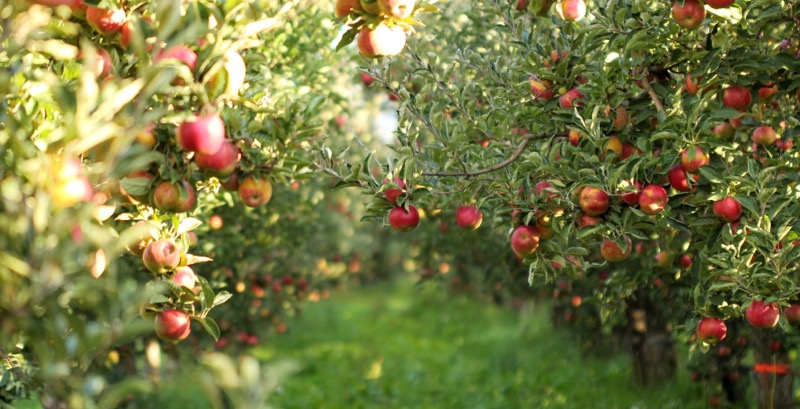The business of fresh fruits is a lucrative one because they will never be out of demand. In fact, people’s appreciation of fruits has increased over the years because of social media and society’s growing health concerns.
When you start your fruit-growing business, not only do you get to work outdoors and enjoy the fruits of your labor, but you also have the potential to earn considerable income from selling your fresh produce. In 2022 alone, the global revenue for fresh fruits reached USD$ 622.80 billion and is expected to grow at 3% annually.
If you’re planning to open your fruit-growing business and already know the basics, the process could be pretty straightforward. However, if you have only recently started, you may want to consider seeking assistance from experts like Fruit Growers, who offer various agricultural and business solutions for many fruit farmers. From supplying packing needs to post-harvest assistance and support, they can be your go-to people.
If you are still learning the ropes of the fruit-farming business, these tips will help you get started.
1. Do Your Research
If you want a successful income-generating venture, you must set aside your preferences. You may like berries, but if your community has a different taste, the fruits you’ll grow may not have buyers come harvest time.
At the initial stage, it’s best to know the pulse of your community, which may be a defined radius in your map, including the local farmer’s market, restaurants, and groceries. Visit all these places and talk to the people to get a feel of what they like, so you can focus on their inclinations instead of putting all your energies on one fruit that might not sell.
Go to the restaurants and talk to the chefs, discover their menu, and ask if they would be willing to partner with you. It is also best to familiarize yourself with their standards, so you can meet their expectations. Visit the grocery stores, and talk to the managers. Try to find out what fruit sells the most and what doesn’t. These are all vital information that you can use when you start your business.
Doing your research allows you to have a glimpse of the potential supply and demand of the industry, which will give you a clear idea when formulating a profitable plan.
2. Create A Business Plan
After your research, it’s time to create your business plan. A business plan is a document that outlines the goals, strategies, and financial projections for your fruit-growing business. While it is primarily your guide for starting your business, it can also be used to convince potential investors or lenders to provide the capital you need to start or grow your business.
The critical components of a business plan for a fruit-growing business must include a company description, market analysis, marketing and sales strategy, and financial plans. Overall, your business plan should be clear, concise, and well-organized. More importantly, it should provide a compelling case that your fruit-growing business is a good investment opportunity.
3. Invest In The Right Tools And Equipment
The right tools and equipment for a fruit-growing business will depend on the specific type of fruit being grown and the size of the operation. Some common tools that may be useful include pruning shears, rakes, watering cans or hoses, wheelbarrows, garden forks, and ladders. A sprayer for applying pesticides or other treatments, a soil testing kit for checking the nutrient levels in the soil, and a compost bin for creating organic fertilizer are also significant tools that you can spend on.
Larger fruit growing operations may require more specialized equipment such as tractors for plowing and planting, and irrigation systems for watering large areas. Remember that it is important to invest in high-quality tools and equipment that are designed to last and withstand the rigors of regular use in a garden or orchard.
4. Plant High-Quality Fruit Trees
It’s important to invest in good-quality trees that have been properly cared for and are disease-resistant. Look for trees that are grafted onto rootstock, as this will help them establish faster and be more resilient.
Proper planting and care are essential for the success of your fruit trees. Make sure to plant your trees at the right time of year, in well-draining soil that has been amended with compost or other organic matter. Water your trees regularly, and provide them with adequate fertilization and pest control as needed.
5. Harvest And Sell Your Fruit
Once your trees start producing fruit, it’s time to start selling. You can sell your fruit at local farmer’s markets, directly to consumers through a roadside stand, or to grocery stores and restaurants. Be sure to price your fruits competitively and provide high-quality produce to ensure customer satisfaction.
Conclusion
It may seem like a lot initially, but once you have the lay of the land, you’ll be surprised how quickly cash can flow right in. Fruit growing may take significant time and effort, but with enough research and planning, choosing the right fruit trees, and the help of industry experts like Fruit Growers, executing your business plan can be easy.
















